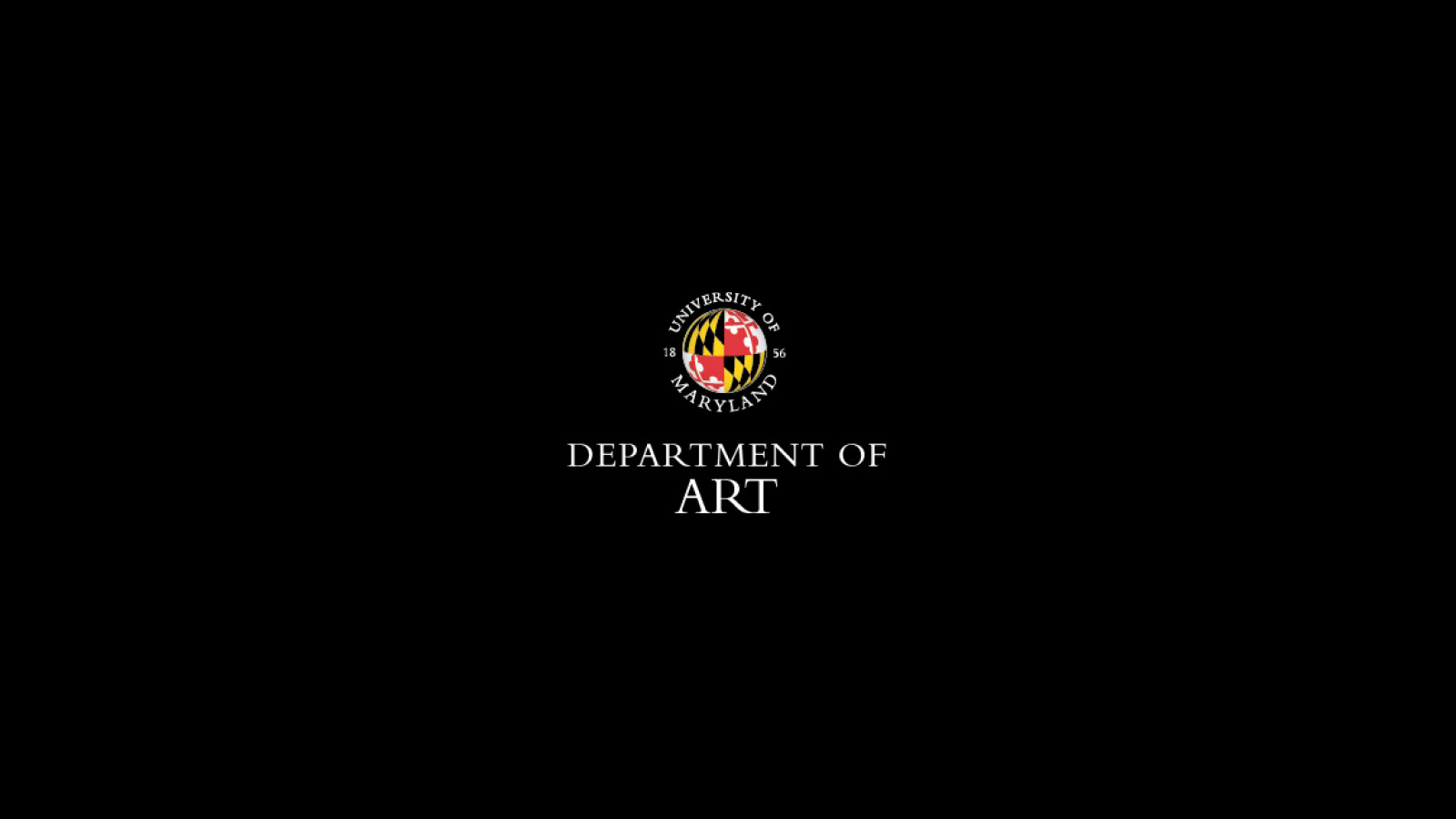How Data Became The New Medium For Artists
May 14, 2015

A growing number of artists, including Hasan Elahi, are using data from self-tracking apps in their pieces, showing that creative work is as much a product of its technology as of its time.
BY JACOBA URIST
The American artist Hasan Elahi turned to data in the wake of 9/11. A year after the attacks, Elahi, an associate professor at the University of Maryland, was detained at Detroit’s Metro Airport upon his return from the Netherlands. FBI agents suspected him of hoarding explosives in a Florida locker, thanks to an erroneous “tip” called into law enforcement. Elahi was born in Bangladesh and grew up in New York City, but is an extensive traveler. On average, he logs more than 100,000 miles a year, speaking at conferences and displaying his art. After six months of FBI interrogations and nine lie-detector tests, Elahi was finally cleared. But the experience transformed his relationship with personal information and inspired him to create a website site Wired called “the perfect alibi.” As Elahi puts it: When the Feds come after you, you can either resist or turn the tables.
At first, Elahi started calling the FBI every time he would travel to notify them of his itinerary and his general whereabouts (during the investigation, they’d shared their contact info). Then, he began emailing them. “I would just say, hey giving you a heads up, I’m going to be out of town tomorrow,” he described. “Here are my plans. Here’s where I’m staying.” Soon, he began posting minute-by-minute photos of his life—sometimes a hundred a day at TrackingTransience.net—unmade hotel beds, receipts, Starbucks cups, toilets he’s used, the beauty of modern tedium. Elahi uses his iPhone’s GPS to sync his movements to a live map, also on his site. In the past few years, he’s amassed hundreds of thousands of pictures and data points. “It’s economics,” he said. Personal data conforms to supply-and-demand principles. So the best way to protect privacy is to give away as much as possible and “flood the market,” so that the government’s supply is worthless. People can also track themselves much more accurately than a third party. “You have data?” he asked, “Well I’ve got data too. By putting everything out there, the government’s data no longer means very much. I can tell them what I ate, where I slept, exactly what I was doing on every day over the last decade.”
Elahi may be the first artist to track himself in a post-9/11 context, but he’s hardly the first conceptualist to examine people’s unease with surveillance. During our interviews, Elahi pointed to Sophie Calle, who has been called France’s most celebrated conceptual artist.
Read more about it here.

